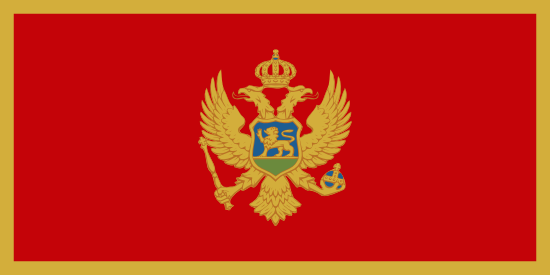Principais
destinos em Montenegro
Descubra mais sobre os melhores lugares para visitar em Montenegro
-
Capital: Podgorica
-
Language(s): Sérvio, Montenegrino
-
Currency: Euro (€) (EUR)
-
Dial Code: + 381
Facts about Montenegro
<p>Montenegro is a country located in Southeastern Europe. It has a coast on the Adriatic Sea to the south-west and is bordered by Croatia to the west, Bosnia and Herzegovina to the northwest, Serbia to the northeast and Albania to the southeast. Its capital and largest city is Podgorica, while Cetinje is designated as the Prijestonica (Пријестоница), meaning the former Royal Capital City. The history of Montenegro dates back to 9th century with the emergence of Duklja, a vassal state of the Byzantine Empire. In those formative years, Duklja was ruled by the House of Vojislavljević. In 1042, at the end of his 25-year rule, King Vojislav won a decisive battle near Bar against Byzantium, and Duklja became independent. Duklja's power and prosperity reached their zenith under King Vojislav's son, King Mihailo (1046–81), and his son King Bodin (1081–1101). From the 11th century, it started to be referred to as Zeta. It ended with its incorporation into Raška, and beginning with the Balsic dynasty, Zeta was more often referred to as Crna Gora or by the Venetian term monte negro. A sovereign principality since the Late Middle Ages, Montenegro saw its independence from the Ottoman Empire formally recognized in 1878. From 1918, it was a part of various incarnations of Yugoslavia. On the basis of a referendum held on 21 May 2006, Montenegro declared independence on 3 June of that year. Montenegro is classified by the World Bank as a middle-income country. Montenegro is a member of the UN, the Organization for Security and Co-operation in Europe, the Council of Europe, the Central European Free Trade Agreement and a founding member of the Union for the Mediterranean. Montenegro is also an official candidate for membership in the European Union and official candidate for membership in NATO.</p>
